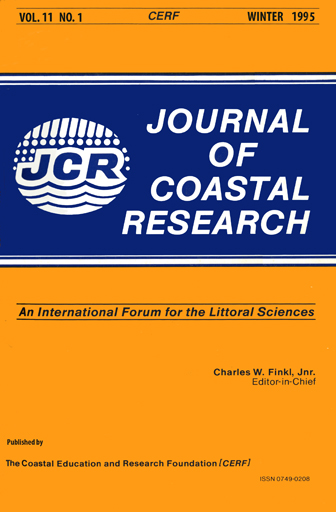Marsh Foraminiferal Assemblages in the Valdivia Estuary, South-central Chile, Relative to Vascular Plants and Sea Level
Keywords:
Holocene sea-level changes, salt-marsh foraminifera, Chilean coast, intertidal zonation, littoral paleoenvironments, coastal paleoseismology, Trochamminita salsaAbstract
High marsh foraminiferal assemblages are distinct from those ofthe low marsh, mud flat, and upland floral zones in two transects across tidal marshes inthe Valdivia estuary ofsouth-central Chile. Assemblages from the high marsh, mapped on the basis of vascular plant communities, consist mostly of Trochamminita salsa and have higher concentrations of foraminifera than samples from lower intertidal zones. Fossil assemblages in a core that records the sudden subsidence of the Valdivia estuary during the great earthquake of1960 cannot be used to estimate the amount of sudden sea-level rise during the earthquake because the core contains only low marsh/mud flat assemblages, which are indistinguishable from one another. The 0.8-0.5 m vertical range of the high marsh assemblage zone, and the undefined ranges of the low marsh/mud flat and upland zones also limit the precision of estimates of relative sea level change. More precise estimates of the amount of land-level change during past great earthquakes in this region will require identification of assemblage zones with narrower elevational ranges.
The Valdivia high marsh foraminiferal assemblages differ dramatically from other reported high marsh assemblages from the mid-latitude Americas in being dominated by Trochamminita salsa. Our study of the large populations of the genus Trochamminita Cushman and Bronnimann encountered along the transects indicates that the two species of Trochamminita that have been described previously should be combined into the single species, Trochamminita salsa.


